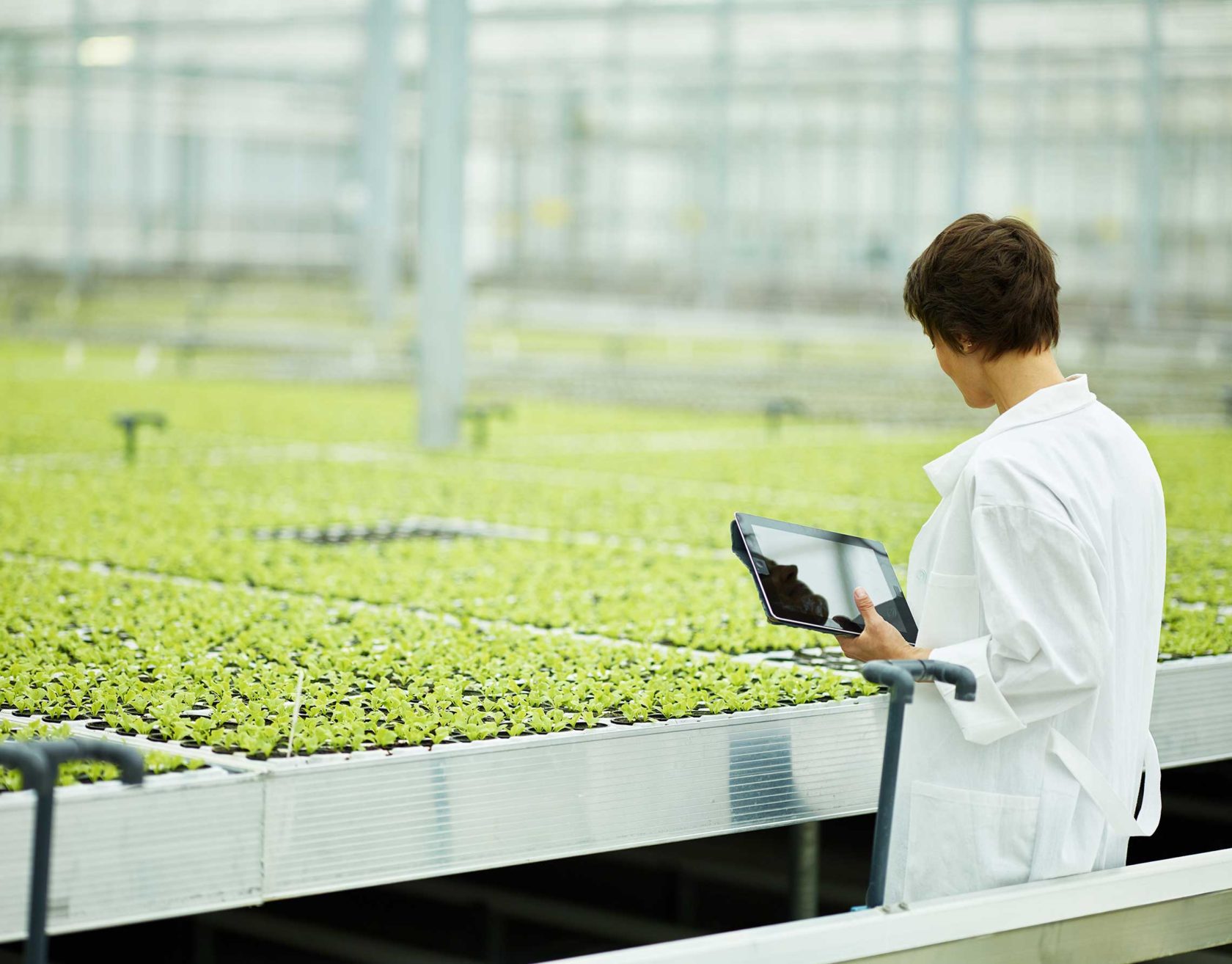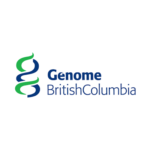
Precision Agriculture to Improve Crop Health
Using computer power to prevent pests and protect food crops.
Project Overview
Updated March 31, 2023.
The Problem
The global population is rising, generating a need to produce more food to feed the world.
The food crops of Canada and the world are facing growing challenges from climate change in addition to pests, pathogens and viruses that attack and destroy crops.
The threats are large. For example, Canada exports more than $7 billion worth of wheat every year. As the climate warms, diseases such as wheat rust spread further north and create an increasing threat to production. At the same time, increasing the use of pesticides brings risks to the environment.
How We Are Solving It
The Result
This project developed new pest and pathogen controls through the application of computational biochemistry, genomics, machine learning, computer vision and robotics, to manage disease in field crops, minimize the use of pesticides, and secure export markets. The project established the foundations of a computational biochemistry platform to facilitate digital data collection that enables computational models for developing new agricultural fungicidal formulations for wheat leaf rust. As of the project’s conclusion, several lead formulations were progressing to field testing by Terramera and four complete wheat leaf rust fungal genomes were generated by Agriculture and Agri-Food Canada (AAFC) as a novel accomplishment with one serving as a “gold standard” reference genome for the scientific community.
Project Lead
Project Partners
-

“Terramera is committed to reducing or eliminating 80% of the synthetic pesticide load in agriculture globally by 2030, and this project helps advance our goal. By working together, we benefit from expertise developed in other sectors to grow and accelerate our mission to transform how food is grown and the economics of agriculture. It’s a novel approach that draws from many different fields that will impact genomics and digital technology in multiple ways, and can set the stage for other companies to solve problems unique to their fields, impacting Canada’s digital economy, our agriculture economy and the health of Canadians across the country.”
Founder & CEO, Terramera Watch the Video -

“We are thrilled with what our consortium has been able to accomplish over the past two years. We have made incredible progress towards treating a critical plant disease that threatens Canada’s $7 billion/year wheat industry, delivering on the project and in the process building the foundation of our next generation of technology and partnerships that will extend beyond this project.”
Chief Scientific Officer, Terramera -

"The Computational Biochemistry project was instrumental in kickstarting Metaspectral's foray into infrared imaging. Metaspectral's technology now allows users to train, deploy and derive insights from machine learning models using hyperspectral data in real-time, which was made possible in part through data compression technology developed during the project."
CEO, Metaspectral -

“Collaborating in this consortium has been very educative and rewarding, with a major aspect focused on elucidating the molecular genetic background of the leaf rust fungus/wheat interaction. Combined with the other aspects in the overall project such as the digitalization of this interaction coupled with machine vision, a solid scientific basis has been laid for understanding this crop disease and future experimentation to manage it better.”
Senior Scientist, Agriculture and Agri-Food Canada





